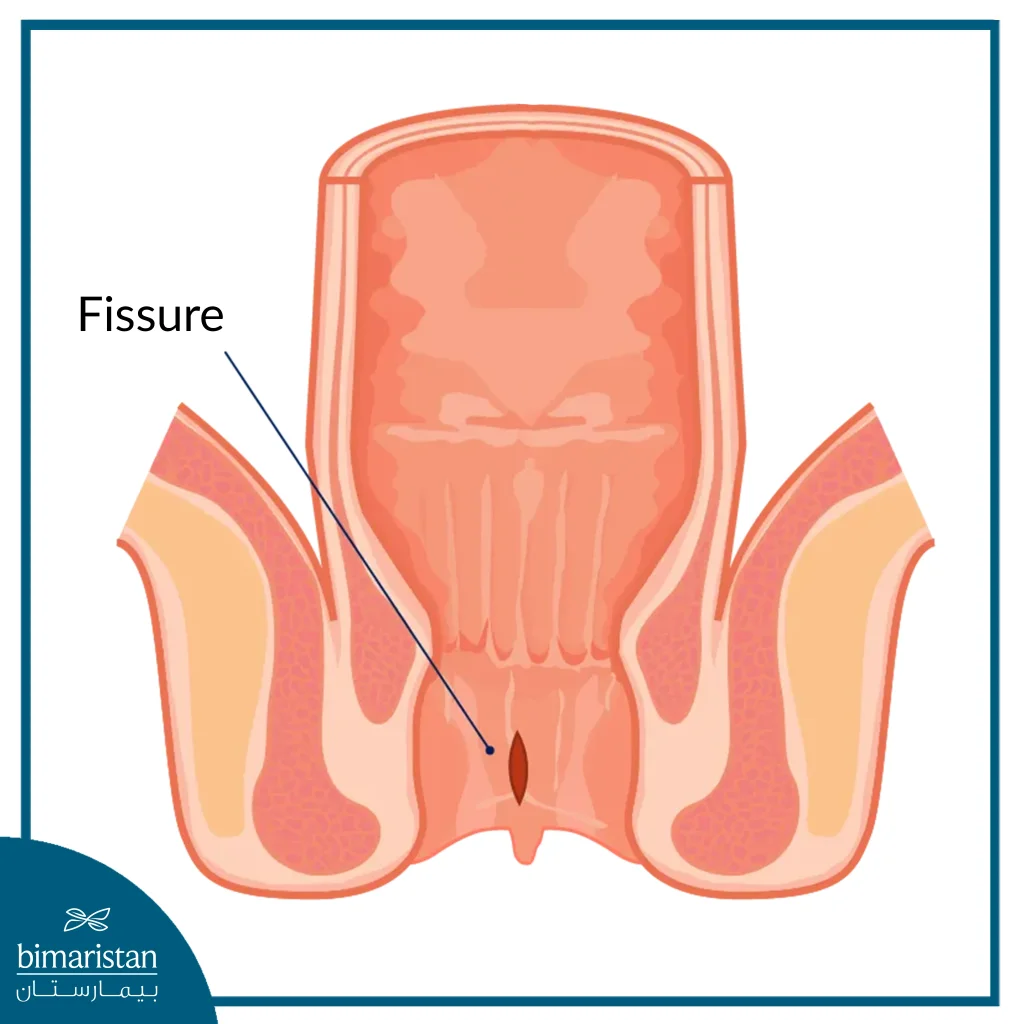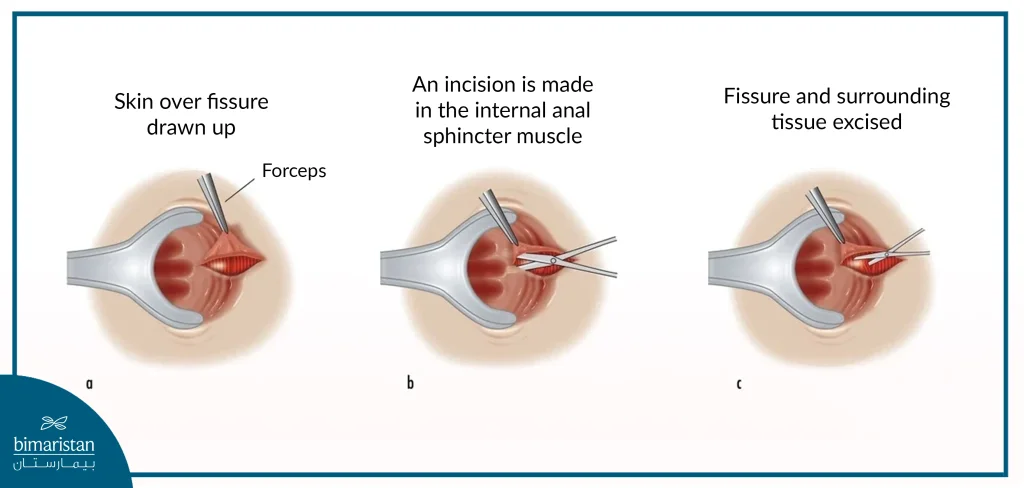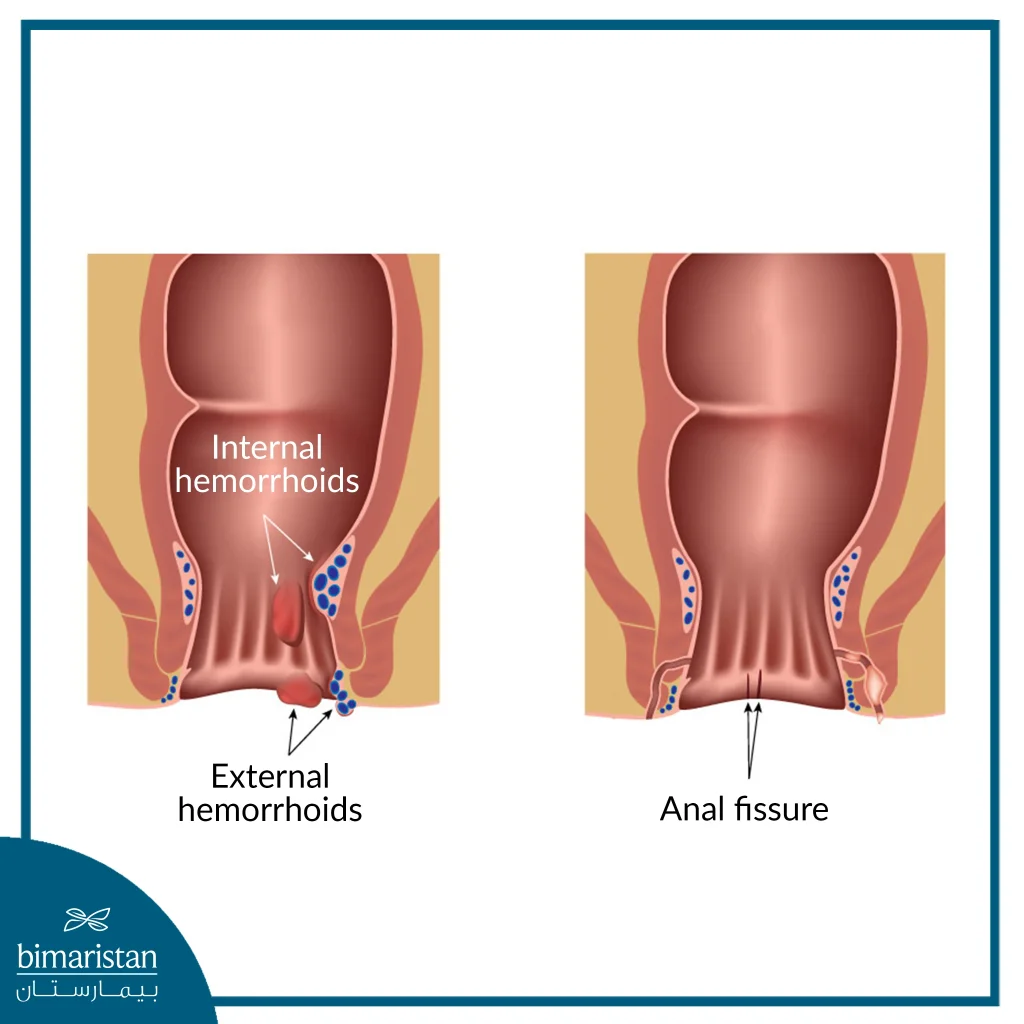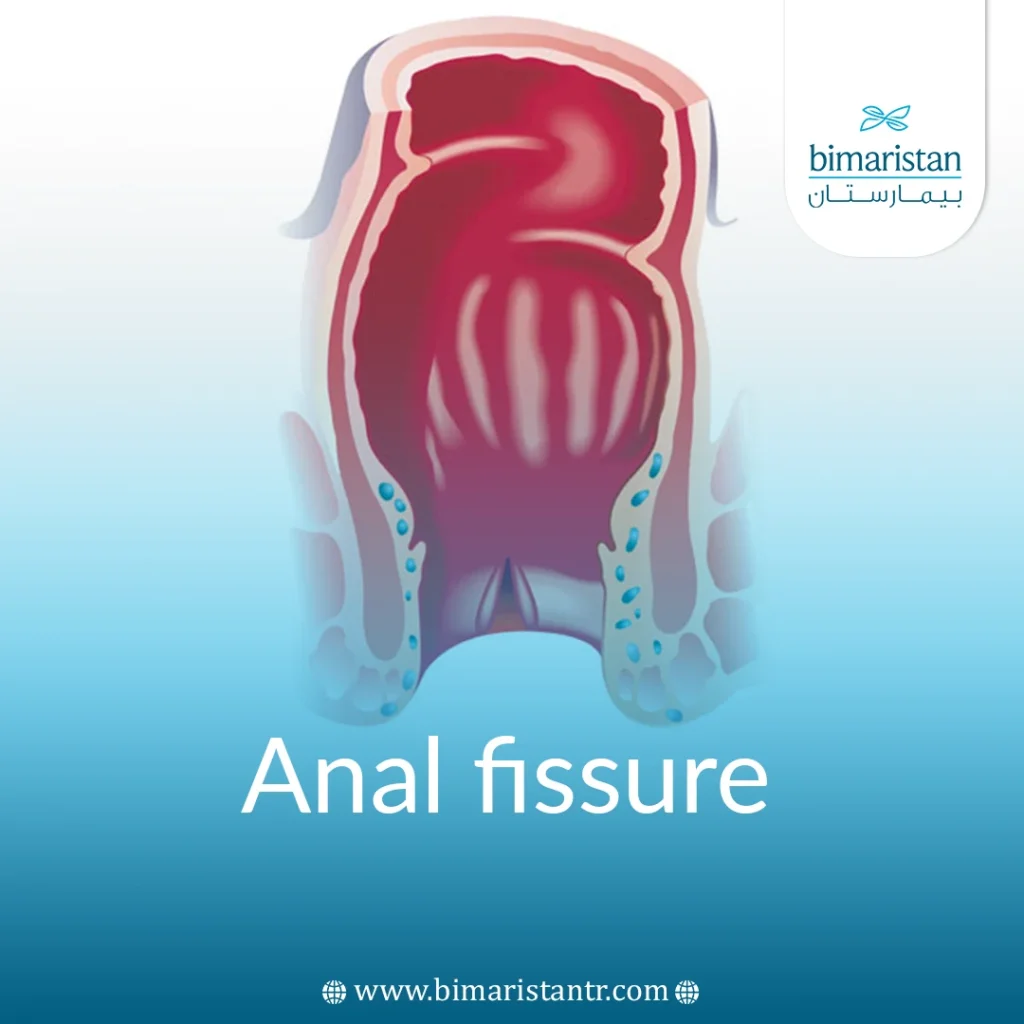The anal canal is a short, muscle-lined tube at the end of the rectum. Anal fissures are very common, but they are often confused with other anal conditions, such as hemorrhoids.
Anal fissures are a common problem in children under one year of age, affecting about eight out of 10 children. A person’s susceptibility to anal fissures tends to decrease with age. About half of the cases heal independently with proper self-care and avoiding constipation.
What is an anal fissure?
An anal fissure is a tear in the lining of the anal canal and is a common cause of anal pain and rectal bleeding, especially during bowel movements (defecation). Anal trauma usually causes fissures. Fissures can occur suddenly or gradually and can heal quickly or slowly.
Anal fissures are common and usually harmless, but they can be pretty painful. Most fissures heal within a few days to weeks with a bit of self-care. However, some fissures are more complicated and may resist healing on their own.

Causes of anal fissures
Trauma or trauma is the most common cause of fissures due to the difference in stretching and stress in the lining of the anus. The occurrence of this tear is related to the anatomical shape of the anus, as the mucosal lining is thinner and more sensitive than normal skin, making it easier to tear, and this is especially true for children. Common causes of fissures include:
- Passing large or hard stools
- Constipation and straining during defecation
- Obstructive defecation syndrome (ODS)
- Chronic diarrhea
- Anal intercourse
- Childbirth
Less common causes of anal fissures include:
- Crohn’s disease or ulcerative colitis
- Anal cancer
- HIV, tuberculosis, and syphilis
Symptoms of anal fissures
Anal fissures usually cause severe pain that begins with the passage of stool. This pain can last from several minutes to several hours. As a result, many patients may try not to defecate to prevent the pain.
A patient with an acute fissure will notice several symptoms, including:
- A visible tear in the anus
- Pain during bowel movements
- Blood on toilet paper after wiping
- Blood on the surface of the stool
- Bleeding that changes the color of toilet water
- Foul-smelling discharge
Signs that indicate that the fissure has become chronic can include:
- Painful bowel movements without bleeding
- Itching and irritation of the skin around the anus
- A skin tag at the end of the fissure
Diagnosing anal fissures
The GP will ask about the patient’s symptoms and ask them to describe the type of pain they are experiencing, and will also ask about the state of their bowel movements (constipation and diarrhea).
The doctor will be able to see the fissure by gently spreading the patient’s buttocks apart. A digital rectal examination (where the GP inserts a gloved, lubricated finger into the patient’s bottom to identify the abnormalities) is often not needed because it is likely to be painful.
If a serious cause of the fissure is suspected, the patient is referred to a specialist for appropriate evaluation.
Sometimes, the anal sphincter pressure may be measured for fissures that have not responded to simple treatments.
Complications of anal fissure
Many anal fissures heal on their own within a few weeks, but complications can develop when they do not heal well. Complications of fissure may include:
- Failure to heal and recurrence
- Pain and discomfort
- Extension of the tear into the surrounding muscles
- Difficulty passing stools and narrowing of the anus
- Uncontrolled bowel movements and gas formation
- Anal fistula
Types of anal fissure
The approach to treating an fissure varies depending on how long the fissure has been present.
Acute anal fissure
A fissure that lasts for six weeks is called an anal fissure. It often responds to conservative treatment and disappears in some people when constipation is treated. Surgery is usually not needed.
Chronic anal fissure
Fissures that last for six weeks or more are called chronic anal fissures. These fissures fail conservative treatment and require a more aggressive surgical approach.
People whose fissures do not heal may have an anal pressure disorder that prevents blood from circulating normally through the blood vessels around the anus. This reduced blood flow limits the ability to heal. Medications, Botox injections, and topical treatments may help improve blood flow and speed healing.
Anal Fissure Treatment
Most anal fissures go away on their own and are acute, temporary fissures that don’t require any treatment at all, or you may need a prescription cream for temporary pain relief, such as lidocaine.
When the fissure is chronic, medical treatment focuses on relaxing the anal sphincter muscle that surrounds the anal canal.
Anal Fissure Medications
Anal fissure medications include:
- Nitroglycerin ointment: This is a vasodilator. When applied as a cream, it can restore blood flow and help the anal sphincter muscle relax.
- Calcium channel blockers: Such as diltiazem or nifedipine, which are an alternative way to relax the blood vessels and muscles of the anus. These medications may work if nitroglycerin doesn’t work.
- Botox: Used as a last resort, Botox injections into the anal sphincter muscle can help relax it. The effects of Botox last for about three months, giving the fissure time to heal.
- Bulk laxatives: Not everyone who suffers from constipation needs laxatives, but these medications can help if your stool is tough and puts extra pressure on your anal fissure. Bulk laxatives draw fluid into your intestines, which helps soften your stool.
Surgical treatment
Although most anal fissures don’t require surgery, chronic fissures are more challenging to treat, and surgery may be the best treatment for an anal fissure. The goal of surgery is to help the anal sphincter muscles relax, which reduces pain and spasms, allows blood flow to the fissure, and speeds healing. The surgery is performed by removing the lateral internal sphincter.
A lateral internal sphincterectomy is an outpatient procedure, meaning you can go home the same day.
During this procedure, your surgeon makes a small lateral incision in your internal anal sphincter. The goal is to reduce the constant pressure by 20% to 50%. This should prevent spasms and improve blood flow, allowing the fissure to heal. The incision is located using an anoscope, and the surgeon then uses an electric scalpel to dissect the muscle underneath. This procedure takes about 30 minutes, and the entire procedure, with preparation and anesthesia, may take two to three hours.
There are some side effects of the surgery that disappear entirely within the next two weeks:
- Pain after surgery: lasts for a few days and should respond to painkillers.
- Anal discharge: also lasts for a few days and includes fluid and small amounts of bleeding.
- Poor bowel movements: Surgery and anesthesia can cause constipation for some time.

Treating anal fissures at home
Following some tips can speed up healing, especially if they are new and have not yet developed into a chronic form:
Drink fluids
Because most cases of anal fissures occur in people with constipation, the National Academy of Medicine recommends drinking 13 cups of water for men and 9 cups daily for women.
A 2018 study on reducing constipation after surgery found that increasing fluid and fiber intake significantly reduces the risk of constipation.
Eating a high-fiber diet
Studies have shown that following a high-fiber diet effectively treated 87% of acute fissures in the anus within three weeks, and continuing to follow the diet for a year prevented recurrence.
Eating 20 to 30 grams of soluble and insoluble fiber, which adds bulk to the stool, can help prevent constipation.
The difference between anal fissures and hemorrhoids
The causes and symptoms are similar, and it is easy to confuse them. Both can occur when you strain during a bowel movement and can cause rectal bleeding, pain, and anal itching.
While hemorrhoids are the most common anal condition, fissures are the most common cause of anal pain. Hemorrhoids don’t always cause pain, but 90% of fissures cause severe pain.
Hemorrhoid pain is constant, while fissure pain usually comes on in episodes.

Cost of anal fissure surgery in Turkey
The cost of anal fissure surgery in Turkey ranges from 1500 to 3500 US dollars, as Turkey offers competitive treatment prices with a quality no less than that provided in European countries and the United States of America. Do not hesitate to request a free medical consultation from the specialists of the Bimaristan Center.
It is important to note the need to follow up with a specialist doctor when blood is seen in the stool or when pain occurs during defecation in order to obtain the correct diagnosis and then provide appropriate treatment.
Sources:
Michigan Medicine, Anal Fissure

